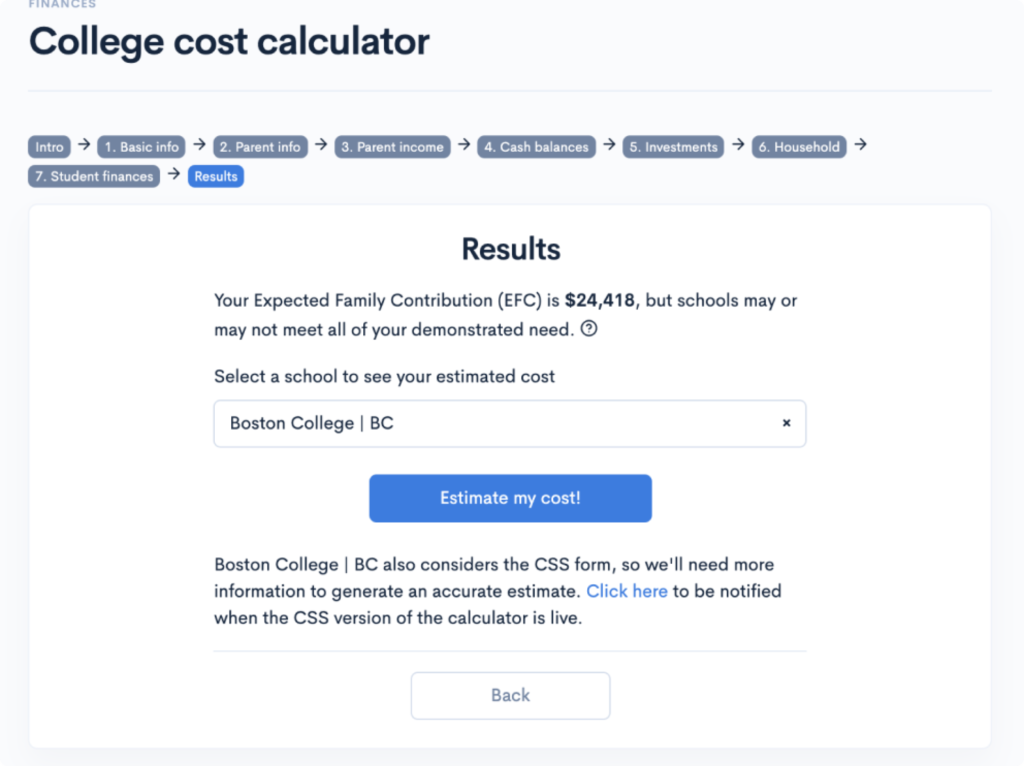What is the CSS Profile? Will You Need It?
Applying for financial aid requires a lot of different forms. You will definitely need to fill out the FAFSA to be eligible for any aid, but some students also will need to submit the CSS Profile. In this post, we’ll give you an overview of the CSS Profile, how much it costs, and which colleges use it. You can also watch a full walkthrough of the CSS Profile with our co-founder Vinay Bhaskara. The CSS Profile awards institution-based aid, while the FAFSA awards federal aid. The CSS Profile is administered by the College Board and you’ll need similar documents you used to fill out the FAFSA, such as W-2 forms, tax returns, and more. The CSS Profile is used by over 400 colleges, and many require that students submit the CSS Profile to be eligible for any type of aid at their institution. Submitting your CSS Profile costs $25 for the first application, and $16 for each additional school. There are fee waivers available if you qualify for one. To qualify for a fee waiver, there’s no application involved; you’ll qualify based on the information in your CSS profile. If you qualify for an SAT waiver, it’s possible to extend that coverage to the CSS profile, as long as you log into your CSS profile with the same username and password you used when registering for the SAT. To be eligible for the SAT fee waiver, you meet at least one of the following criteria: While over 400 schools use the CSS profile, a majority of them tend to be private and selective schools, although there can be exceptions. Some of these schools include: Many of these schools are known for their generous financial aid, and some even promise to meet 100% demonstrated need. You can view the complete list of schools that require the CSS Profile to learn more. Here are a few tips you should keep in mind when completing the CSS Profile: Like the FAFSA, the CSS Profile opens on October 1st. The College Board recommends double checking which of your schools has the earliest priority filing date and submitting it no later than 2 weeks before that deadline. In general, most schools want your financial aid forms submitted around the same time as your application deadline. Before you sit down to complete your CSS profile, make sure you have the right documents on hand. These include completed tax returns, W-2 returns and other income-related records, assets and bank statements, and untaxed income and benefits. Because the CSS Profile is a College Board entity, you’ll need to create a College Board account or login using the existing one you have. If you created an account to access SAT information or view PSAT or AP scores, then you should login with those same credentials. This will also help identify whether or not you qualify for a fee waiver. Finally, get started on your CSS profile! The application will provide help as you move through it and assist you with any questions you may have. The good news is that you don’t have to complete it all at once—simply save the application and return to it at any time. The price you’ll pay after financial aid depends on a variety of factors, such as the cost of the school, your family’s income, assets, and more. Don’t be scared away by high sticker prices, as many expensive private schools offer generous aid. In fact, for some families, private schools may be cheaper than in-state public universities after financial aid. If you want an estimated cost, you can use each school’s net price calculator, or sign up for a free CollegeVine account to get access to our cost calculator or chancing engine. These tools will estimate your costs for hundreds of schools in the U.S., and also let you know your personal chances of acceptance.
What’s Covered:
What is the CSS Profile?
Cost of the CSS Profile
Which Colleges Use the CSS Profile?

How to Fill Out the CSS Profile
1. Double-check deadlines
2. Gather the right documents
3. Register for a College Board Account
4. Complete the form.
How Much Will You Pay for College?


